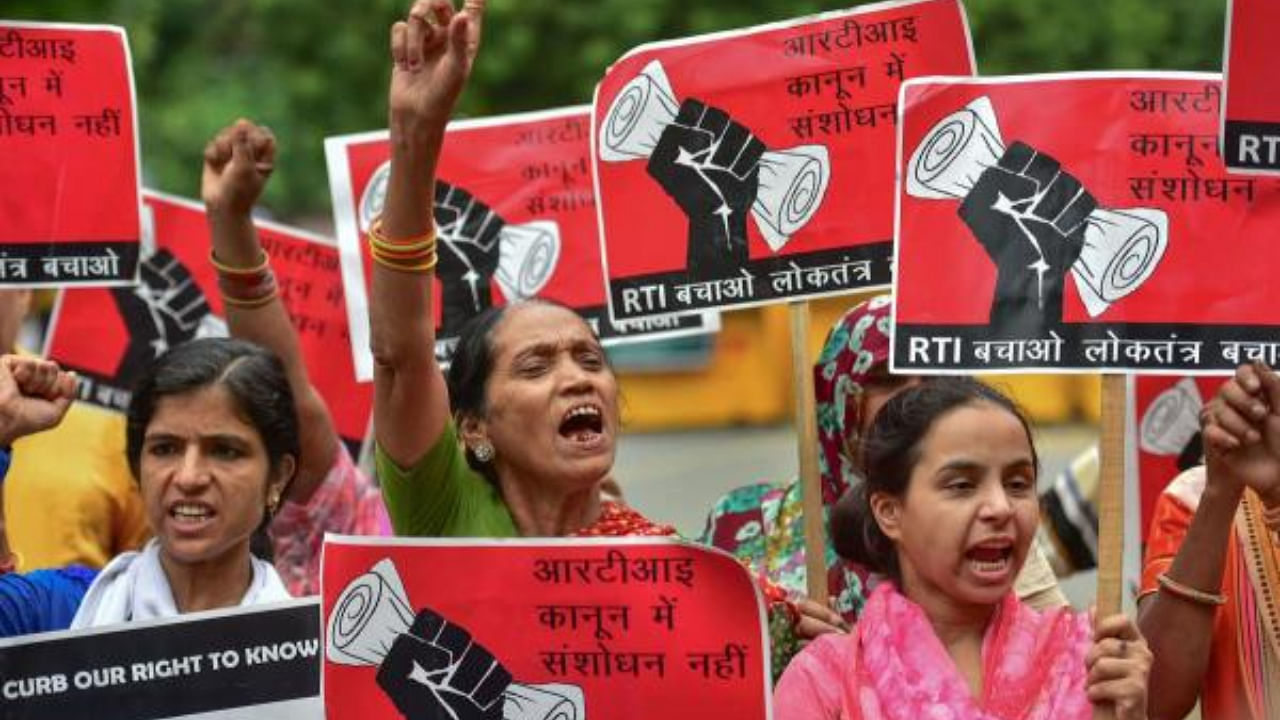
The Right to Information (RTI) Act was enacted with the objective of bringing transparency to public institutions and promoting citizen participation in governance. It looks like it is being derailed both by the State and the institutions that were created to implement it. Scores of studies done by civil society groups about the implementation, or rather non-implementation, of the RTI Act show that the government, public officials, and, to some extent, the Information Commissioners have failed in their responsibilities.
Reports indicate that many of the State Information Commissions (SIC) are headless. Pending complaints and appeals have increased over the years. Forget about assisting applicants to file RTI requests as mandated in the RTI Act; you cannot find notice boards displaying details of the Public Information Officers (PIOs) and Appellate Authorities. The latest annual report of the Karnataka Information Commission (KIC) relates to the years 2016–17. The entire RTI machinery needs a thorough overhaul, starting with a transparency audit.
The transparency audit should start with an analysis of how far public authorities have complied with their responsibilities under the RTI Act. Though the Act is about supplying information sought by citizens, it also casts a duty on the public authorities to disclose information held by them so that citizens have no need to seek information by submitting applications at a cost. The mandate for suo motu disclosure is contained in Section 4 of the Act, which lists 18 types of information to be disclosed proactively. Further, the Centre has added information that has been sought by applicants and that can form part of the proactive disclosure. Compliance with the requirements of Section 4 will go a long way in the efficient implementation of the Act.
Here again, reports by RTI activists and think tanks that have studied the compliance status of Section 4 paint a disappointing picture. In Karnataka, a comparative study made by CIVIC, a citizen group, found several lapses. It was observed that the proactive disclosure of important institutions like the BBMP, BDA, etc. did not comply with the requirements of the RTI Act.
The websites of other public authorities in Karnataka are no better. Some of the lapses include information not being updated for years, the names of retired officials being shown as PIOs, non-existing telephone numbers, many types of information not being provided, etc. The proactive disclosure of KIC itself is not available on their website.
Back in April 2013, the Department of Personnel and Training, Government of India, directed all public authorities to ensure regular audits of mandatory disclosure by a third party. The order said that each ministry or public authority should have its proactive disclosure package audited by a third party every year. It outlined three objectives: to take stock of and assess quantitative and qualitative compliance by public authorities; to identify the areas for improvement in information disclosure by public authorities; to suggest measures for improving the content and quality of the disclosures; and to identify the areas requiring special focus or impetus in terms of disclosures. It said that the audit should cover compliance with the proactive disclosure guidelines as well as the adequacy of the items included in the package. The audit should examine whether there are any other types of information that could be proactively disclosed. Further, it said that such an audit should be done annually and should be communicated to the Central Information Commission (CIC) annually through publication on their websites.
The CIC was required to examine third-party audit reports and offer advice/recommendations to the concerned ministries/public authorities. Each year, the CIC was also required to conduct a sample audit of a few ministries/public authorities to assess the adequacy of the items included as well as the ministry’s or authority’s compliance with these guidelines. A report titled Transparency Audit: Towards an Open and Accountable Government 2015 was prepared by the CIC and outlined the framework for conducting a disclosure audit to verify and authenticate the disclosure of information.
A committee headed by A N Tiwari & M M Ansari conducted the audit of 838 public authorities and submitted its report to the CIC. The Committee rated the transparency levels of public authorities ranging from 19 per cent to 35 per cent and recommended measures to improve the quality of information disclosure. None of the state governments appear to have taken note of this exercise. It is time the Karnataka government took the initiative and audited the proactive disclosures of a few public authorities. It is better if this audit is done by a third party, preferably institutions or individuals involved in RTI activism.
(The writer is the founder, Consumer Rights Education and Awareness Trust)